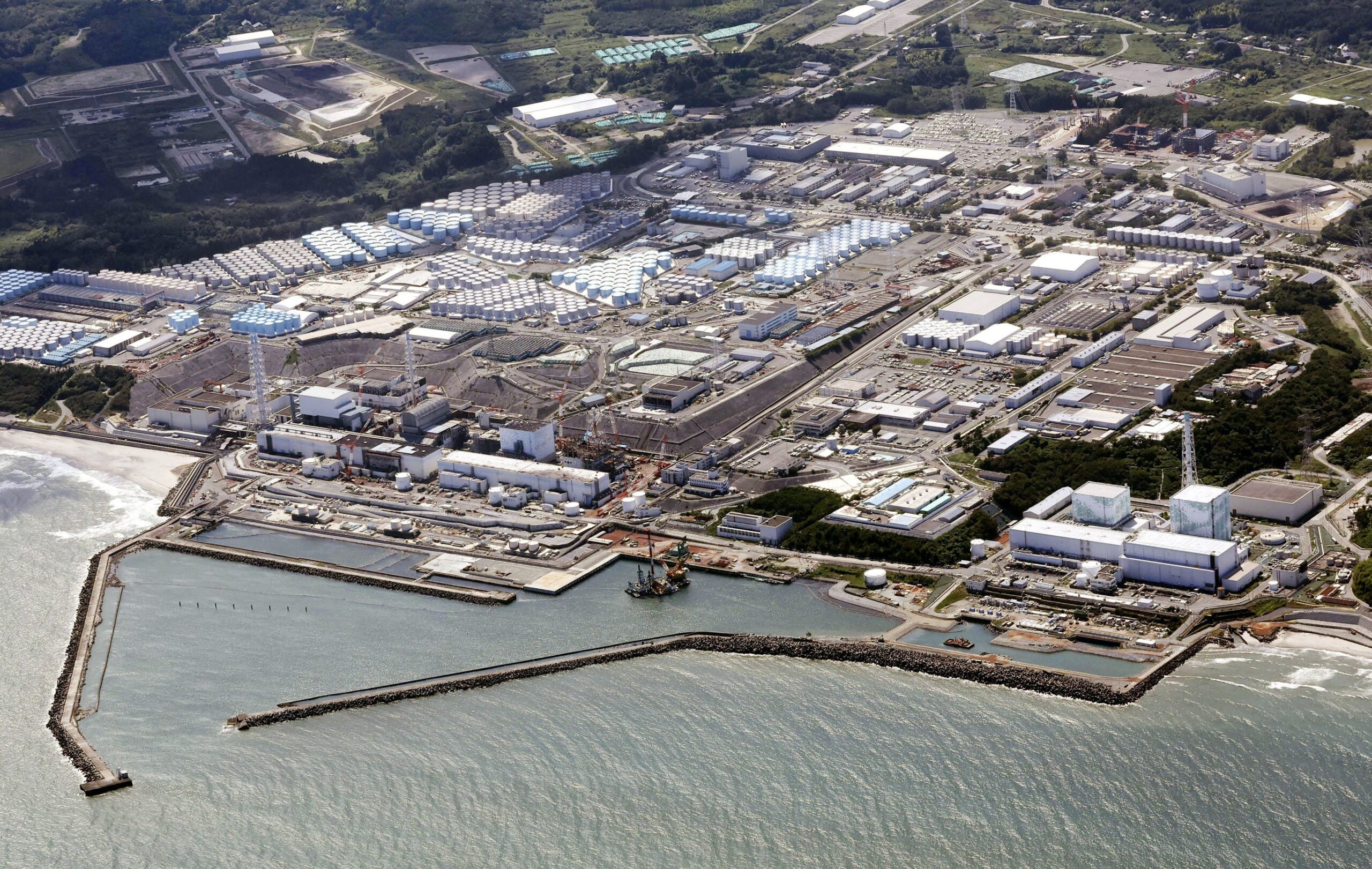Fukushima nuclear waste water issue to be a standing agenda item at next PALM meeting
Wednesday 4 October 2023 | Written by RNZ | Published in Pacific Islands, Regional

An aerial view shows the Fukushima Daiichi nuclear power plant. Photo: Kyodo/ 23100416
As Japan will begin releasing a second batch of wastewater from the crippled Fukushima nuclear plant Thursday, the issue is expected to be a standing agenda item between the Pacific and Japan at the Pacific Islands Leaders Meeting (PALM) to be hosted next by the Asian nation. PACNEWS reports.
Forum Secretary General Henry Puna made the statement when asked on the issue by PACNEWS during a press briefing at the Forum Secretariat in Suva.
“I guess as long as it’s ongoing, there’ll be ongoing concerns from our people and I appreciate that. But it’s an issue that our Forum Foreign Ministers dealt with extensively when they met two weeks ago. The Forum chair has given a good briefing on that, but I think what is important is the report that level of the toxic element in the water is below accepted standards and that is good,” said Puna.
Tokyo Electric Power (TEPCO) last week said inspections following the first release have been completed and the second discharge will start on Thursday 05 October.
On 24 August, Japan began discharging into the Pacific Ocean some of the 1.34m tonnes of wastewater that has collected since a tsunami crippled the facility in 2011.
Puna said the Forum will hold the International Atomic Energy Agency (IAEA) to account for its commitment to monitor the discharge of treated nuclear wastewater into the ocean.
“And in that respect, Forum Foreign Ministers reiterated their desire to ensure that the IAEA is on the ground, to monitor on an ongoing basis, the quality of the discharge water, and we’ll hold them to that commitment. At the same time, Japan has agreed to have discussions with our Forum leaders continuously on that issue. The request has gone through from our Forum Foreign Ministers.
“I’m sure our Leaders will accept that, to ask and to ensure that this issue will be a standing agenda item on the PALM meetings between Japan and the Forum countries going forward,” SG Puna told PACNEWS.
Japan’s controversial plan to release treated wastewater into the Pacific Ocean has sparked anxiety and anger at home and abroad.
The issue is expected to be discussed at the upcoming Forum Leaders Meeting in Cook Islands in November.
In the first phase about 7,800 tonnes of water were released into the Pacific out of a planned total of 1.34m tonnes, equivalent to more than 500 Olympic swimming pools.
Tokyo Electric Power (TEPCO) said the water has been filtered of all radioactive elements except tritium, which is within safe levels. That view is backed by the UN atomic agency.
The release, which is expected to take decades to complete, is aimed at making space to eventually begin removing the highly dangerous radioactive fuel and rubble from the wrecked reactors.
- PACNEWS














































